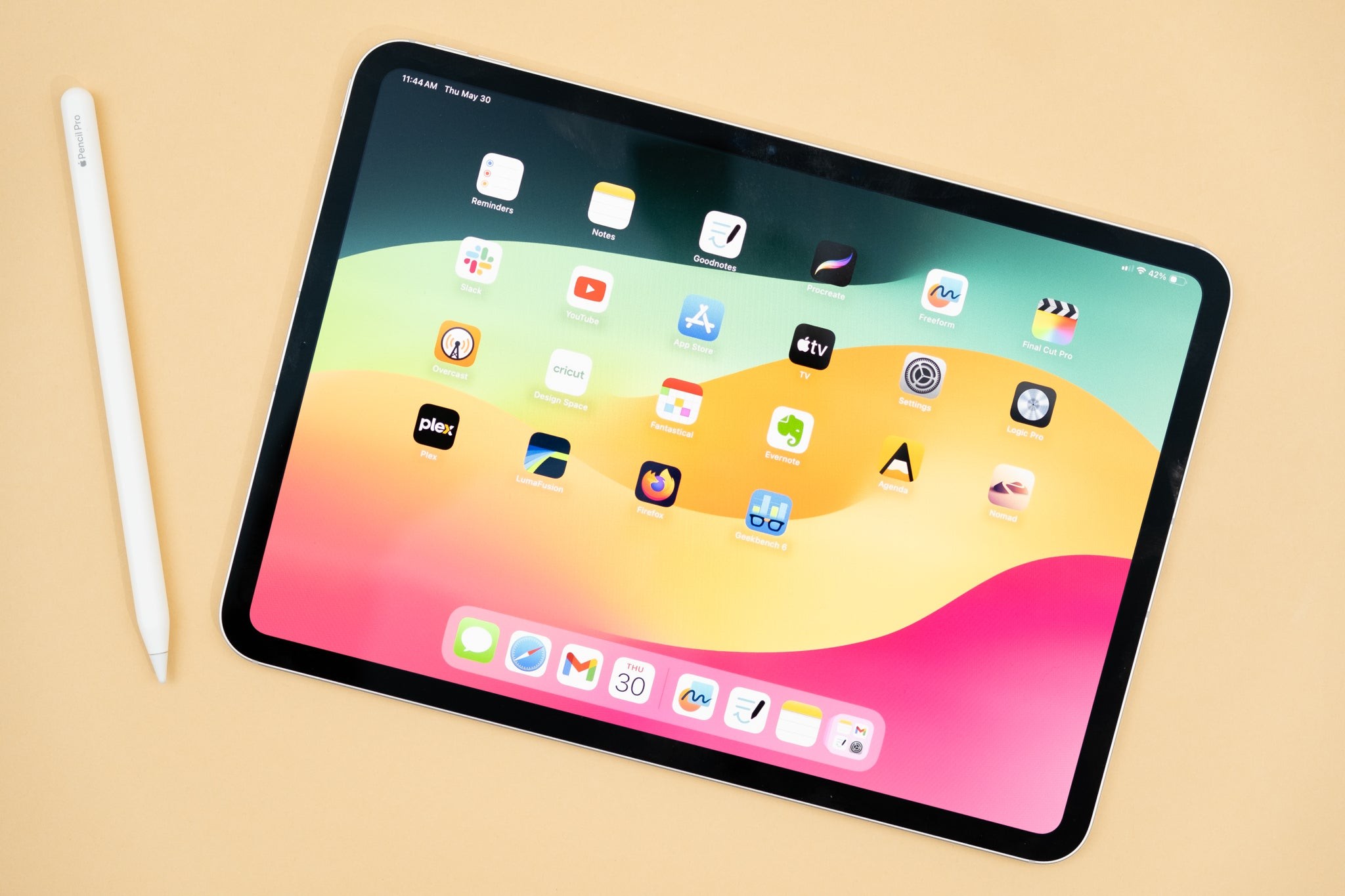The iPad, particularly the iPad Pro, sets a high bar for tablets. Its powerful processors, vibrant display, and seamless integration with Apple’s ecosystem make it a popular choice. But are there any Windows tablets that can truly compete? Let’s delve into the features that make the iPad Pro stand out and explore some Windows alternatives.
The iPad Pro: Setting the Standard
The current iPad Pro boasts Apple’s M2 chip, outperforming many laptops in speed and efficiency. Its Liquid Retina XDR display offers stunning visuals with incredible brightness and contrast. The iPadOS operating system, while having limitations in multitasking compared to desktop operating systems, provides a smooth and intuitive touch experience optimized for tablet use. Paired with accessories like the Apple Pencil and Magic Keyboard, the iPad Pro transforms into a versatile device for creative professionals, students, and anyone seeking a powerful and portable computing experience. However, its limitations lie in areas like coding and professional software compatibility.
The iPad Pro’s vibrant display and precise Apple Pencil make it a favorite for creative tasks.
Windows Tablets: Contenders in the Ring
While no Windows tablet perfectly replicates the iPad Pro experience, several come close, offering distinct advantages. Here’s what to consider:
Processing Power:
High-end Windows tablets, often powered by Intel Core processors, can rival the iPad Pro’s performance, especially for tasks demanding raw processing power.
Software Compatibility:
Windows tablets run a full desktop operating system, offering compatibility with a vast library of software, including professional applications like Adobe Creative Suite and Microsoft Office, a significant advantage over the iPadOS ecosystem.
While the Magic Keyboard enhances the iPad Pro’s productivity, Windows tablets offer full desktop OS compatibility.
Multitasking:
Windows excels at multitasking with its windowed interface, allowing for a more desktop-like experience compared to iPadOS’s Stage Manager. This is crucial for users who need to work with multiple applications simultaneously.
Peripheral Support:
Windows tablets generally offer broader support for peripherals like external hard drives, printers, and monitors, expanding their functionality beyond the iPad Pro’s more limited options.
Price:
Comparable Windows tablets often come at a lower price point than the iPad Pro, potentially offering more value for budget-conscious buyers.
Key Differences and Considerations:
- Operating System: The core difference lies in the operating systems. iPadOS is optimized for touch and mobile experiences, while Windows provides a full desktop environment. Choose the OS that best suits your workflow and software needs.
- App Ecosystem: While the iPad boasts a vast app store tailored for touch, Windows offers access to a wider range of desktop applications. Consider your app requirements when making a decision.
- Hardware and Accessories: Evaluate the specific hardware specifications, such as RAM, storage, and display quality, alongside available accessories like keyboards and styluses, to determine the best fit for your needs.
The iPad Pro’s sleek design and advanced features like LiDAR come at a premium price.
Conclusion: The Best Choice Depends on Your Needs
Ultimately, the “best” tablet depends on individual needs and priorities. The iPad Pro excels in portability, ease of use, and a curated app ecosystem. Windows tablets offer broader software compatibility, robust multitasking capabilities, and often greater affordability. Carefully consider your workflow, software requirements, and budget to determine which platform best suits your needs. If you prioritize a seamless mobile experience with a focus on creative tasks, the iPad Pro might be the better choice. However, if you need full desktop functionality and broader software compatibility, a high-end Windows tablet could be a strong contender.
